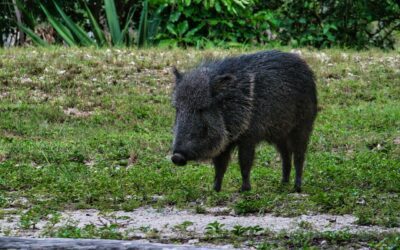A small church in Salt Lake City is living off its reserves and, with less than two years of money left, has decided its best course of action is to plant some garlic. The church is a multi-cultural, multi-lingual congregation of two distinct pacific islander communities (Tongan and Samoan) and an English-speaking community. The church recently moved from a roomy, downtown building, where they hosted different services in each language, to a smaller, suburban space. Because of the pandemic and other constraints, they have also moved to a combined service. It’s worth noting that the new church building is in a neighborhood that speaks primarily Spanish.
So their pastor, Rebecca, and her nextgen team, made of people from each of the founding three communities, came to a Ministry Incubators Hatchathon and hatched an idea: a community garden, on all their new land, with the express purpose of building “common ground,” (ground, get it? Like dirt? Anyway…). The garden’s purpose would be community, but it would hopefully also serve as a source of income so that the church could sustain itself. As Rebecca began to work on getting the garden off the ground, it became clear that this was an immensely more complicated project than it sounds. Elements for this complication are the unfriendly agricultural climate of Salt Lake, the lack of historical overlap between the communities that make up the church, and now, the church and its neighborhood.
Volunteer days were hard to organize, the weather was unpredictable, and commitments were overwhelming, but Rebecca knew they had to start somewhere. So, she and a few volunteers built a bed and planted some garlic.
Did they get to do the soil treatments they wanted first? No.
Did they get to have the big first volunteer day they dreamed of? No.
Do they have a final plan for the layout or model of the garden? Definitely not.
But, come June, they will have garlic. There will be, by formal definition, at least a garden.
Ministry Incubators consider themselves “biased toward action,” meaning that we believe that an imperfect attempt is always superior to a perfect idea and that willingness to try imperfectly has incredible power to teach, inspire, and invite others along. We believe in planting garlic and in solving the rest as we go. Rebecca and her community have a long way ahead of them, but this spring, there will be little green shoots, and that is worth something.
Questions to consider:
- What projects in your world have you hesitated to start because you felt unready?
- How long have you been waiting to start them?
- Where do you think you would be now if you had started them when you first thought of them?
- What is the “garlic” you can plant right now in your life to build towards your goals?




0 Comments